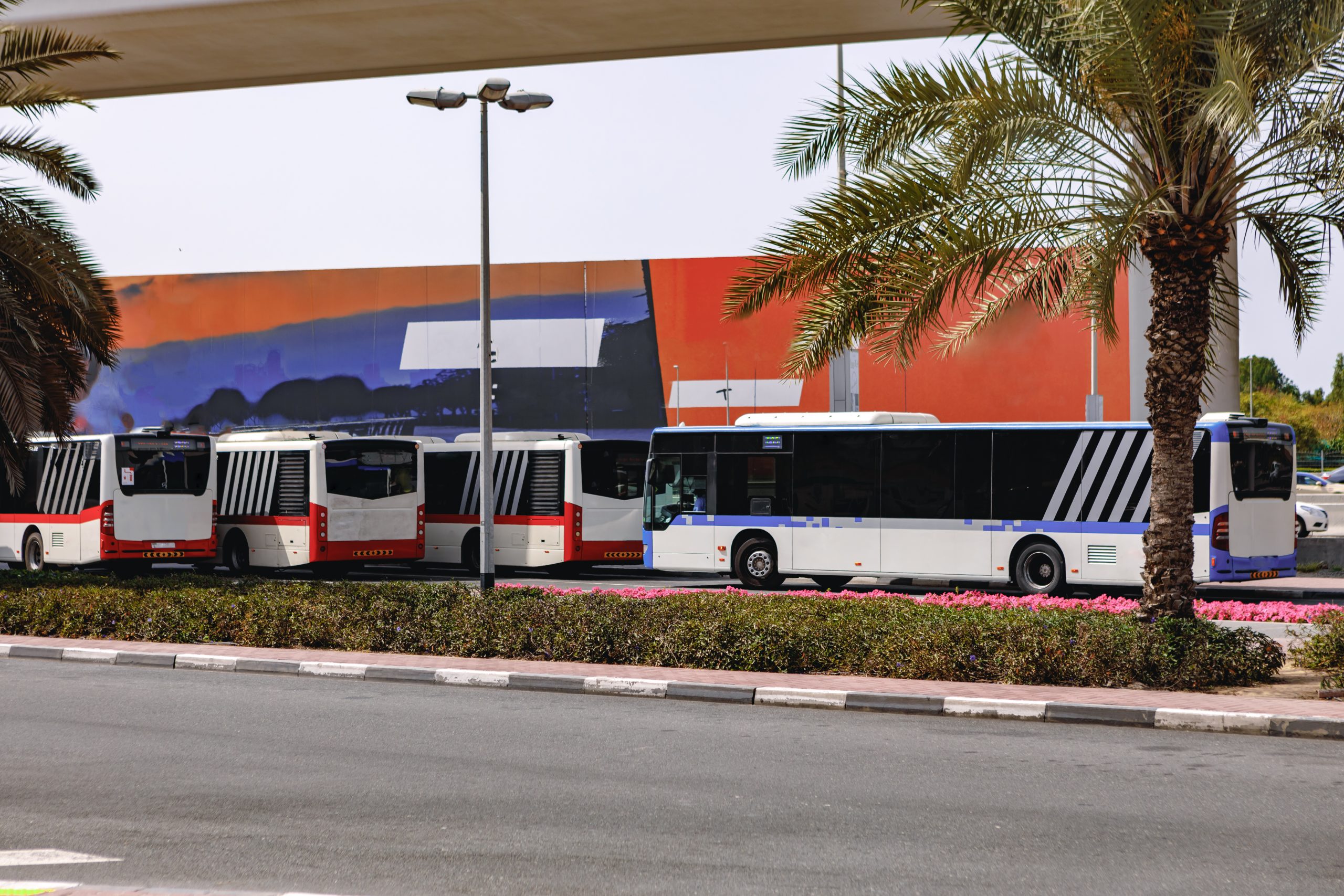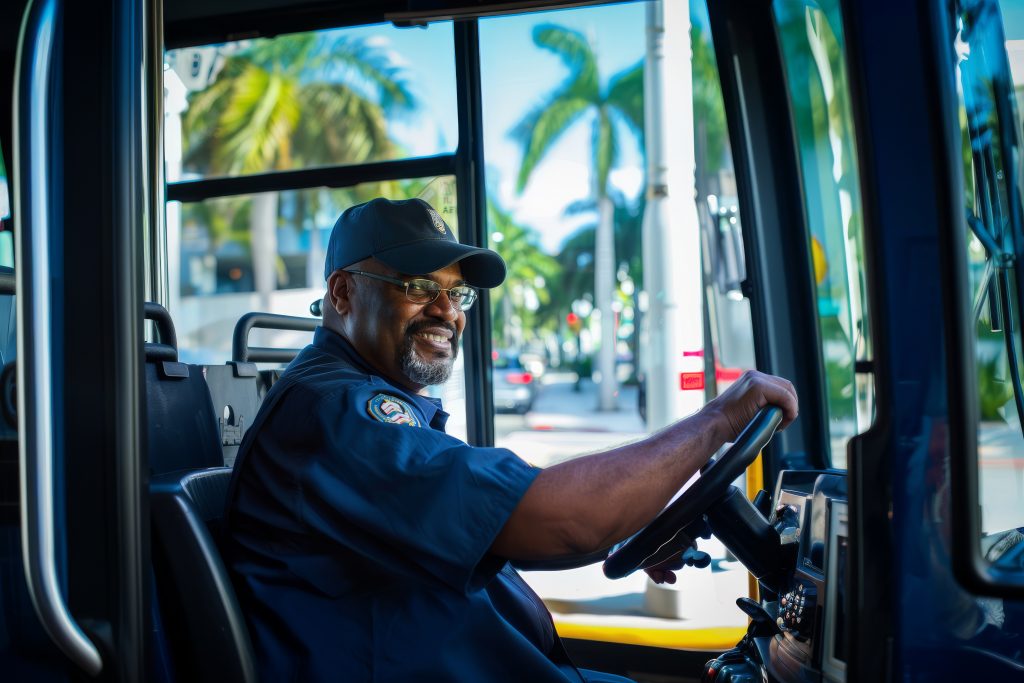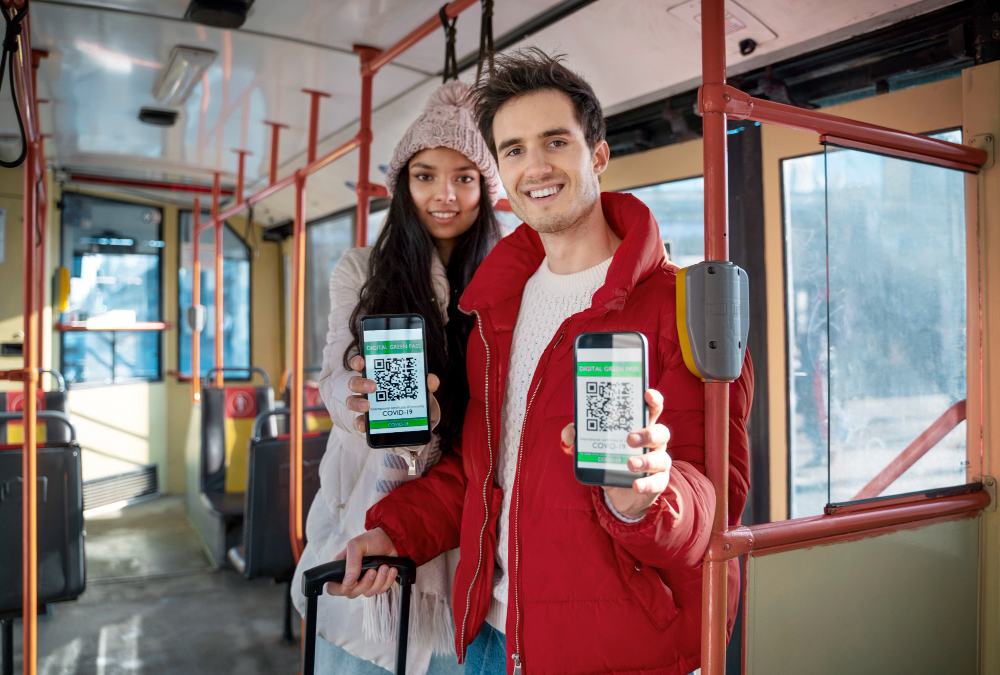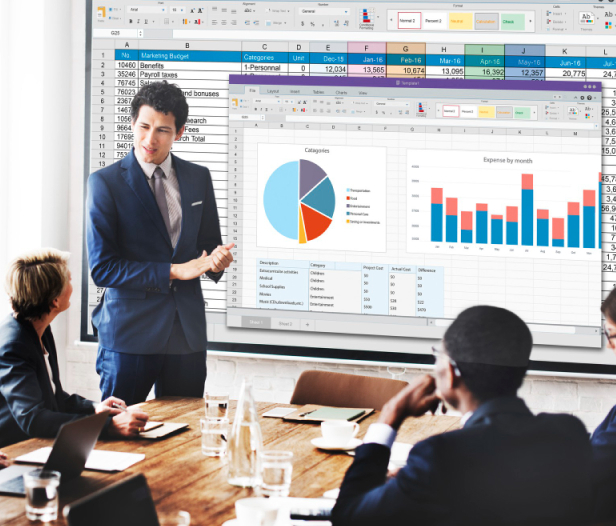
How to Cut Costs with Public Transport Management Software
Public transport operators across the globe face a common challenge-shrinking margins and rising costs. Whether you’re managing a city bus network or a university shuttle fleet, fuel prices, vehicle maintenance, and labor can quickly eat into your budget. But here’s the good news—you don’t have to keep throwing money at problems. With the right public transport management software, you can automate operations, optimize routes, and reduce unnecessary expenses across the board.
In this blog, we’ll break down exactly where most transit businesses lose money—and how the right software solution can help you plug those leaks and drive real savings.

Where Most Transit Operators Lose Money
Running a public transport operation isn’t just about moving people from one point to another—it’s about doing it efficiently, reliably, and cost-effectively. Unfortunately, many transit operators bleed money every day without even realizing it. Here are the most common areas where costs quietly pile up:
1. Inefficient Route Planning
When buses or shuttles follow outdated or manually planned routes, it leads to:
A. Longer distances covered than necessary
B. Buses running empty during non-peak hours
C. Avoidable traffic delays
D. Excessive fuel consumption
Without real-time optimization, fuel wastage alone can account for 15–25% of operational overspend.
2. Manual Dispatching and Scheduling
Coordinating routes, drivers, and time slots manually using spreadsheets or phone calls leads to:
A. Scheduling conflicts and missed trips
B. Overworked drivers or underutilized vehicles
C. Wasted staff hours spent correcting errors
These inefficiencies add up over time, draining resources and reducing service quality.
3. Unplanned Vehicle Downtime
When there’s no system to track vehicle health or service needs, maintenance becomes reactive instead of preventive. This causes:
A. More frequent breakdowns
B. Costly emergency repairs
C. Loss of revenue from out-of-service vehicles
Vehicle downtime also results in customer dissatisfaction, leading to loss of ridership.
4. Driver Behavior and Performance
Poor driving habits may seem like minor issues, but they have major cost implications:
A. Harsh acceleration, idling, and speeding burn more fuel
B. Aggressive driving increases maintenance needs and risk of accidents
C. Lack of accountability leads to low morale and inefficiency
Without real-time monitoring, these behaviors often go unchecked.

5. Administrative Overhead and Paper-Based Processes
Many operators still rely on paperwork for trip records, ticketing, invoicing, and compliance logs. This results in:
A. High labor costs for data entry and reconciliation
B. Higher error rates due to manual handling
C. Delays in reporting and decision-making
All of which reduce operational agility and eat into profits.
6. Lack of Data-Driven Decision Making
Without access to real-time analytics or performance reports, operators are flying blind. This leads to:
A. Missed optimization opportunities
B. Inaccurate budgeting and forecasting
C. Poor allocation of resources
Over time, these knowledge gaps can snowball into larger systemic issues.
What is Public Transportation Management Software?
Public transportation management software is a digital platform designed to help transit operators plan, manage, and optimize the day-to-day operations of buses, shuttles, and other public vehicles. It centralizes tasks like route planning, vehicle tracking, driver management, ticketing, scheduling, and reporting—all in one system.

By automating and streamlining workflows, public transportation management software helps transit agencies and private operators:
A. Improve efficiency and punctuality
B. Reduce fuel and maintenance costs
C. Enhance passenger experience
D. Gain real-time visibility into fleet operations
E. Make data-driven decisions for scaling or improvement
Whether you run a city bus network, a school transport system, or a private shuttle fleet, public transport software ensures everything runs like clockwork—with fewer delays, lower costs, and smarter control.
How does Public Transportation Software Reduce Cost?
Public transport management software isn’t just about digitization—it’s about unlocking operational efficiency that directly translates into cost savings. Here’s a breakdown of how it helps cut costs across multiple areas of your transport business:
1. Fuel Cost Reduction Through Smart Routing
Fuel is often the largest recurring expense in any public transport operation. Traditional fixed routes don’t account for traffic patterns, changing rider demand, or road conditions, leading to:

A. Longer travel times
B. Unnecessary idling in traffic
C. Higher fuel consumption
With public transport management software, you can implement AI-powered route optimization that dynamically calculates the shortest and most efficient paths in real-time. This means:
1. Less fuel burned
2. Fewer kilometers traveled
3. Fewer driver hours paid for delays
Even a 10–15% reduction in fuel usage can save thousands of dollars per month for mid-size fleets.
2. Automated Scheduling and Dispatch
Manual scheduling is time-consuming and often error-prone. Double bookings, underutilized vehicles, or missed trips create cascading costs in:
A. Overtime pay
B. Customer complaints and loss of trust
C. Reduced vehicle productivity
Transport management software automates the entire process—assigning trips based on vehicle availability, location, and driver schedules—with real-time adjustments when cancellations or delays occur. This saves time, boosts fleet utilization, and cuts down significantly on labor costs.

3. Preventive Maintenance and Reduced Downtime
Unexpected breakdowns aren’t just expensive—they cause lost revenue from canceled trips and damage brand reputation.
The software includes automated maintenance tracking, which sends alerts for:
A. Regular servicing intervals
B. Tire replacements
C. Engine diagnostics
D. Compliance inspections
By catching issues before they become failures, operators can reduce unplanned downtime by up to 40%, saving both on repairs and lost business.
4. Driver Behavior Monitoring
Your drivers are on the frontlines of cost control. Poor habits like speeding, harsh braking, and excessive idling lead to:
A. Increased fuel consumption
B. Faster vehicle wear-and-tear
C. Higher risk of accidents and liabilities
Public transport management software includes driver performance monitoring tools that log these behaviors and generate reports for coaching or incentives. Improving driver behavior helps cut down on fuel bills and reduces maintenance costs by encouraging safer, smoother driving.
5. Paperless Operations and Lower Admin Overhead
Still relying on clipboards, spreadsheets, or manual logs? That’s a hidden cost center.
With software, everything from ticketing, billing, payroll, and reporting, to compliance becomes digitized and automated. This leads to:
A. Fewer manual errors
B. Faster reconciliations
C. Reduced paperwork and printing costs
D. Minimal time spent on admin tasks
The result is a leaner back-office operation that spends more time improving services and less time on repetitive data entry.

6. Data-Driven Decision Making
You can’t reduce what you can’t measure. Public transport management software provides dashboards and reports that help you:
A. Identify underperforming routes
B. Monitor vehicle utilization
C. Spot trends in ridership
D. Forecast demand
With access to actionable insights, you can make smarter budget allocations, eliminate wasteful services, and continuously optimize your operations for long-term savings.
What Makes AllRide’s Public Transit Software Stand Apart?
Choosing the right public transportation management software isn’t just about checking boxes for features—it’s about investing in a platform that actively contributes to reducing operational costs and maximizing efficiency.
AllRide Apps can be a reliable public transport management software, empowered with next-gen features. Let’s have a look at the key features of the platform:

1. Real-Time GPS Tracking
Knowing where every vehicle is at any moment is critical. Real-time GPS tracking allows operators to:
a. Monitor fleet movement and ensure route adherence
b. Prevent unauthorized detours or misuse
c. Respond quickly to traffic or road incidents
This reduces fuel waste, improves accountability, and minimizes delays—saving money with every trip.
2. Smart Route Optimization
Not all routes are created equal. Look for software that offers AI-driven routing, which dynamically adjusts based on:
a. Traffic congestion
b. Weather conditions
c. Rider demand or scheduled stops
By avoiding traffic hotspots and shortening travel time, you’ll reduce fuel consumption and increase vehicle efficiency.
3. Automated Scheduling and Dispatching
Manual scheduling often leads to missed trips, idle vehicles, or overworked drivers. Your software should:
a. Automatically assign vehicles and drivers to routes
b. Reschedule trips based on delays or cancellations
c. Balance workloads to avoid overtime
This saves hours of manual work and improves resource allocation.

4. Driver Behavior Monitoring
Your drivers directly impact your fleet’s performance and maintenance costs. A strong platform will track:
a. Harsh braking or acceleration
b. Idling and speeding
c. Route deviations
Use this data to coach drivers, reduce risk, and extend the lifespan of your vehicles—leading to fewer repairs and lower insurance costs.
5. Maintenance and Service Tracking
Preventive maintenance is far cheaper than emergency repairs. Your software should:
a. Track mileage and schedule routine maintenance
b. Send alerts before issues become breakdowns
c. Maintain digital service logs for compliance
This keeps your fleet road-ready and avoids revenue loss due to vehicle downtime.
6. Digital Ticketing and Fare Collection
Cash handling and paper tickets are slow, error-prone, and hard to reconcile. Choose a system that supports:
a. Contactless ticketing
b. Digital fare collection (cards, mobile payments)
c. Real-time revenue reporting
It speeds up boarding, reduces fraud, and simplifies revenue tracking—making operations leaner and more secure.

7. Customizable Dashboards and Analytics
A cost-saving solution must empower you with data-driven decision-making. Your software should provide:
a. Fleet performance metrics
b. Driver analytics
c. Route profitability reports
d. Fuel usage and cost insights
The right insights at your fingertips mean you can act quickly, budget accurately, and improve continually.

8. Role-Based Access and User Management
Not everyone needs access to everything. Your platform should offer:
a. Admin, driver, dispatcher, and analyst roles
b. Secure logins and activity tracking
c. Permission controls to avoid unauthorized actions
This helps streamline operations, maintain data integrity, and protect sensitive information.
9. Scalability and Cloud-Based Infrastructure
As your fleet grows, your software should scale effortlessly. A cloud-based, SaaS-style system:
a. Reduces upfront infrastructure costs
b. Provides automatic updates and backups
c. Ensures remote access and mobile compatibility
It’s future-proof, flexible, and far more cost-effective than legacy systems.
10. Integration Capabilities
You may already use other tools—like CRMs, payment gateways, or ERP systems. Look for:
a. Open APIs
b. Plug-and-play integrations
c. Support for IoT, telematics, and other add-ons
This AllRide to fit into your tech ecosystem and automate workflows, reducing manual work and duplication.
Invest in Public Transit Software Once, Save for Years
Cutting costs doesn’t always mean cutting corners. In fact, with the right tools, you can run leaner, smarter, and faster—without compromising service quality.
Public transport management software isn’t just a tech upgrade—it’s a business strategy. One that helps you stay competitive, reduce waste, and build a scalable, efficient fleet.




